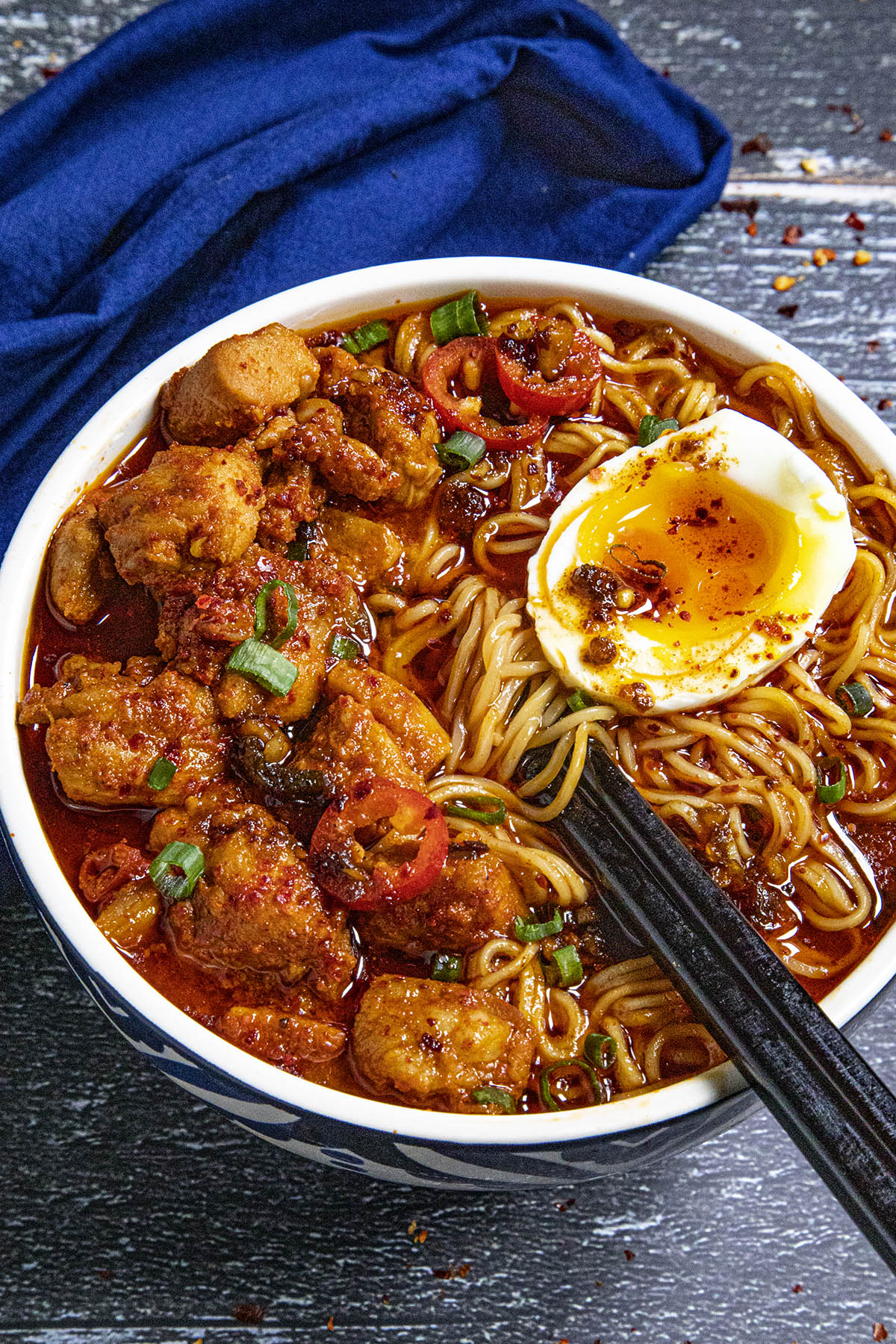Buldak Ramen Recall: Understanding The Listeria Scare
In recent times, food recalls have become more prevalent, raising concerns about safety and quality in the products we consume. One such incident that has caught the attention of ramen lovers is the buldak ramen recall due to listeria contamination. This situation not only affects consumers but also raises questions about the food manufacturing processes that lead to such recalls. As buldak ramen, known for its spicy flavor and instant preparation, continues to gain popularity worldwide, the implications of this recall highlight the importance of knowing what we eat and the potential risks involved.
The buldak ramen recall listeria issue came to light when certain batches were found to be contaminated with listeria monocytogenes, a harmful bacteria that can cause serious illness. This prompted manufacturers and health authorities to take swift action to ensure consumer safety. Understanding how listeria can infiltrate food products and the subsequent steps taken during a recall can help consumers make informed choices.
The ramifications of the buldak ramen recall listeria can be significant, particularly for those who enjoy this popular instant noodle dish. It emphasizes the necessity for transparency and accountability within the food industry, as well as the role of government agencies in monitoring food safety. In this article, we will delve deeper into the details surrounding the buldak ramen recall listeria incident, its causes, implications, and what consumers need to know moving forward.
What is Listeria and Why is it a Concern?
Listeria monocytogenes is a bacterium that can cause listeriosis, a serious infection primarily affecting older adults, pregnant women, newborns, and individuals with weakened immune systems. Here are some key points about listeria:
- It can be found in various foods, including deli meats, unpasteurized dairy products, and raw vegetables.
- Symptoms of listeriosis include fever, muscle aches, nausea, and diarrhea.
- In severe cases, it can lead to meningitis or septicemia.
How Did the Buldak Ramen Recall Happen?
The buldak ramen recall listeria situation arose when routine testing by food safety officials detected the presence of listeria in specific batches of the product. This discovery prompted an immediate investigation into the manufacturing processes and facilities involved. Here are the steps that typically follow such a discovery:
- Identification of the contaminated batches.
- Coordination with the manufacturer to initiate a recall.
- Public announcements to inform consumers and retailers.
- Investigation into the source of contamination.
What Should Consumers Do if They Have Purchased Buldak Ramen?
For those who have purchased buldak ramen potentially affected by the recall, it is crucial to take the following steps:
- Check the product packaging for batch numbers and expiration dates.
- Follow any instructions provided by health authorities regarding returning or discarding the product.
- Stay updated on news related to the recall for further information.
What Are the Health Risks of Consuming Contaminated Buldak Ramen?
Consuming buldak ramen that has been contaminated with listeria poses several health risks. These risks can vary depending on the individual’s health status and age group:
- Healthy individuals may experience mild symptoms or none at all.
- Pregnant women and newborns are at a higher risk of severe complications.
- Individuals with weakened immune systems may face life-threatening infections.
How Can Food Safety Be Improved to Prevent Future Recalls?
To minimize the risk of future food recalls related to listeria and other pathogens, several measures can be implemented:
- Regular testing and monitoring of food products during manufacturing.
- Strict adherence to hygiene protocols in food processing plants.
- Increased transparency and communication between manufacturers and consumers.
What Is the Response from Buldak Ramen Manufacturers?
In light of the buldak ramen recall listeria incident, manufacturers have expressed their commitment to consumer safety. They are likely to undertake the following actions:
- Conduct thorough investigations into the contamination source.
- Implement enhanced food safety protocols in their production lines.
- Engage with health authorities to ensure compliance with safety regulations.
Is There a Chance of Recurrence in the Future?
While the food industry continually strives to improve safety measures, the potential for future listeria outbreaks remains. Factors contributing to this risk include:
- Complex supply chains that can introduce contamination at multiple points.
- Changes in regulations that may impact food safety standards.
- Consumer behavior, such as improper food handling and storage.
Conclusion: Staying Informed and Safe
The buldak ramen recall listeria incident serves as a reminder for all consumers about the importance of food safety. Being aware of recalls, understanding the risks associated with foodborne pathogens, and taking appropriate actions can significantly reduce health risks. As the food industry evolves, so too must our vigilance and knowledge to ensure the safety of the products we consume.
Unraveling The Mystery Of The Princesa Diana Gore Foto
Unraveling The Legacy Of Pedro Pascal In Game Of Thrones
Unraveling The Mystery Of Ramen Noodle Death


